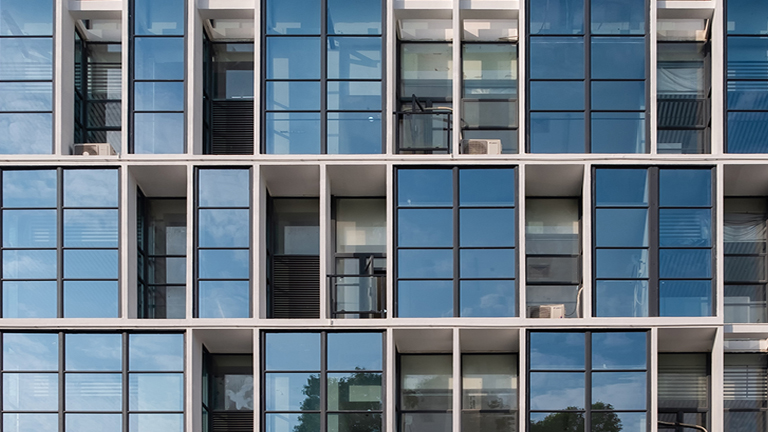ACP Cladding
ACP Cladding Services in Hyderabad
One of the main reasons for the use of ACP cladding is its durability. The aluminum sheets used in ACP cladding are highly resistant to corrosion, weathering, and fire, making it a suitable choice for buildings in different climatic conditions. The non-aluminum core also provides insulation, reducing energy costs and increasing the overall energy efficiency of buildings. This makes ACP cladding a cost-effective option for building owners.
However, despite its numerous benefits, the use of ACP cladding has also raised concerns about its safety. One of the main safety concerns is the flammability of the polyethylene core. In the event of a fire, the core can melt and contribute to the rapid spread of the fire, putting the building and its occupants at risk. This has been evident in several high-profile incidents, such as the Grenfell Tower fire in London in 2017, where the use of ACP cladding was found to be a major contributing factor to the rapid spread of the fire.
In response to these safety concerns, governments and building authorities around the world have implemented stricter regulations and standards for the use of ACP cladding. For example, in Australia, the use of ACP cladding with a polyethylene core on buildings higher than two stories has been banned, and existing buildings with this type of cladding are required to undergo a fire safety assessment. Similar regulations have been implemented in the United Kingdom and other countries as well.
Moreover, building owners and developers are now more cautious when choosing cladding materials for their projects. They are opting for safer alternatives, such as ACP cladding with a fire-resistant core, or other types of cladding materials that do not pose a fire hazard. This has also led to an increase in demand for third-party testing and certification of ACP cladding to ensure its compliance with safety standards.
In addition to stricter regulations and safer alternatives, there have also been calls for greater accountability and transparency in the ACP cladding industry. This includes proper labeling and documentation of the materials used in ACP cladding and ensuring that they meet safety standards. It is also important for building professionals, such as architects, engineers, and contractors, to be knowledgeable about the safety risks associated with ACP cladding and to take necessary precautions when using it in construction projects..
ACP cladding has become a popular choice for building exteriors due to its aesthetic appeal, durability, and cost-effectiveness. However, its safety concerns, particularly with regards to fire hazards, have raised the need for stricter regulations, safer alternatives, and greater accountability in the industry. As the use of ACP cladding continues to grow, it is crucial for all stakeholders to prioritize safety and ensure that proper standards and regulations are in place to protect buildings and their occupants.
